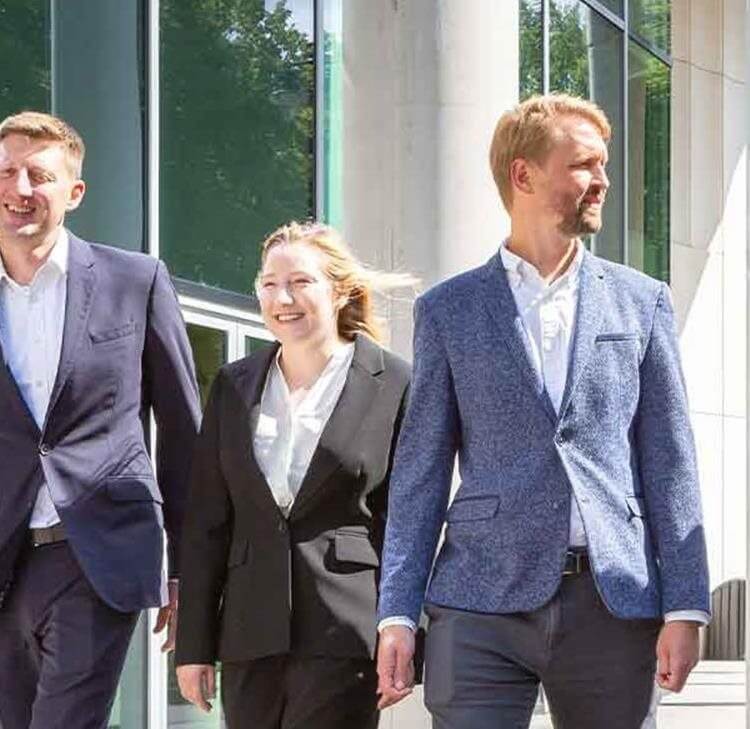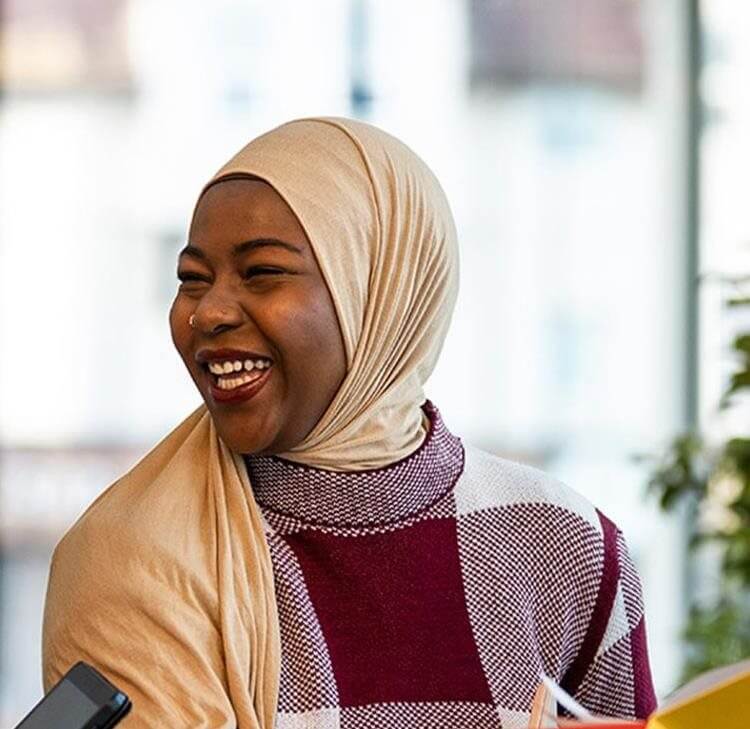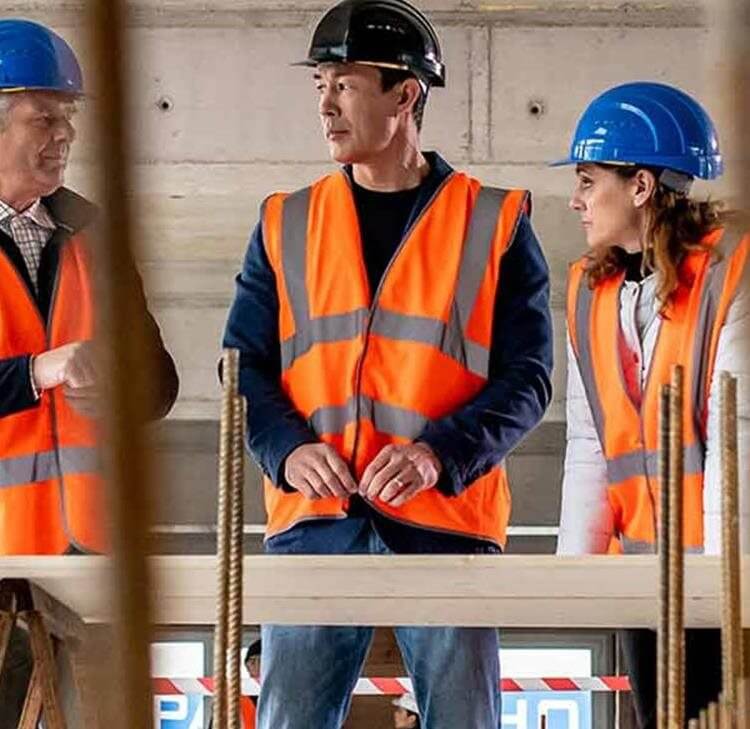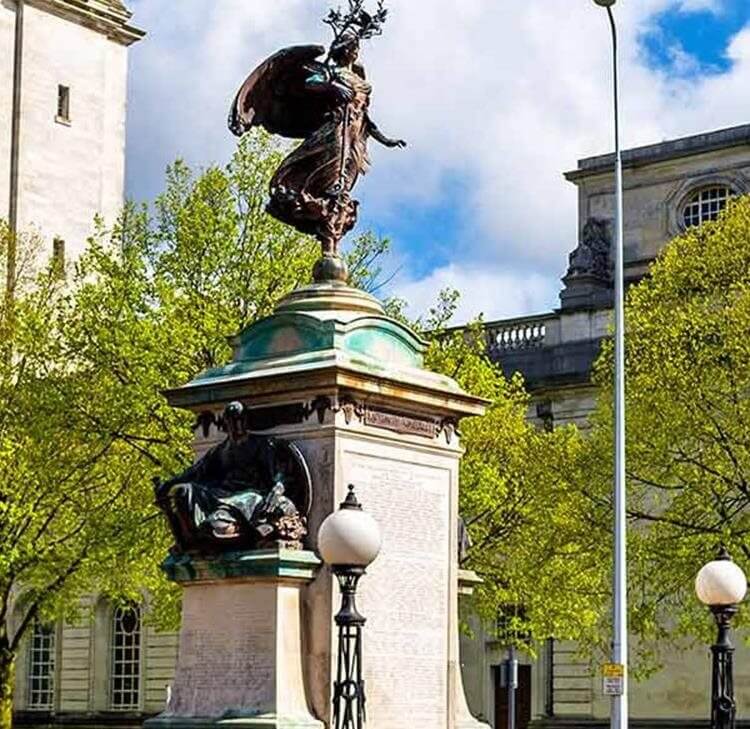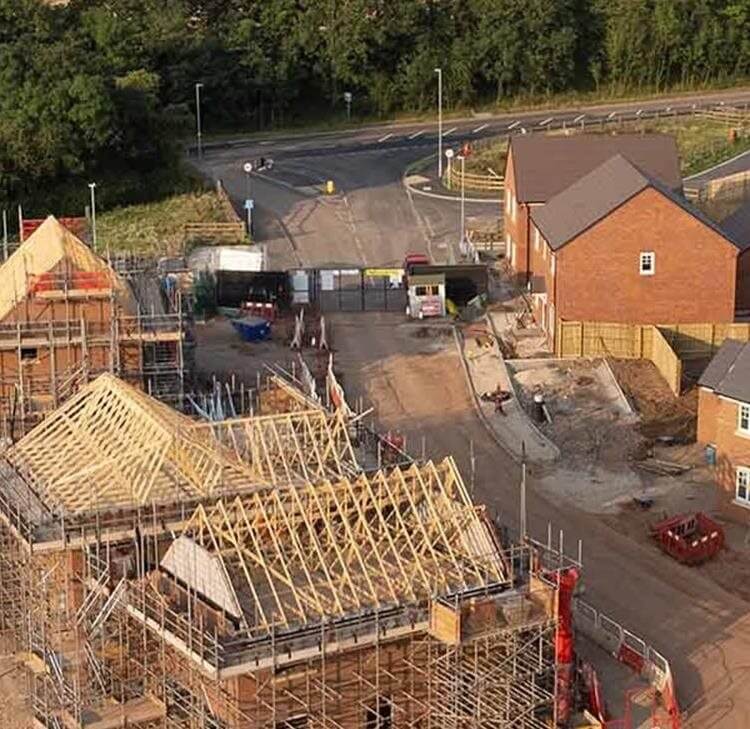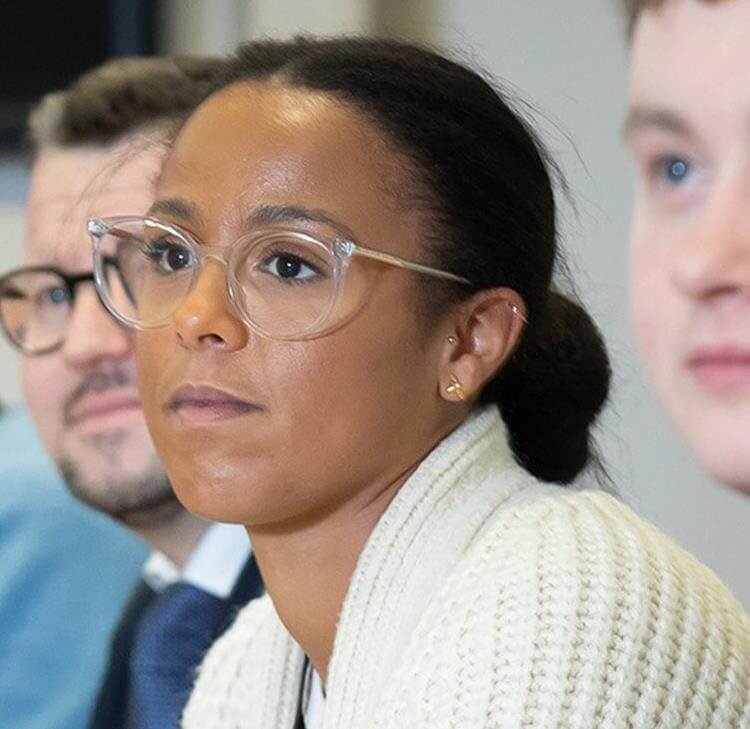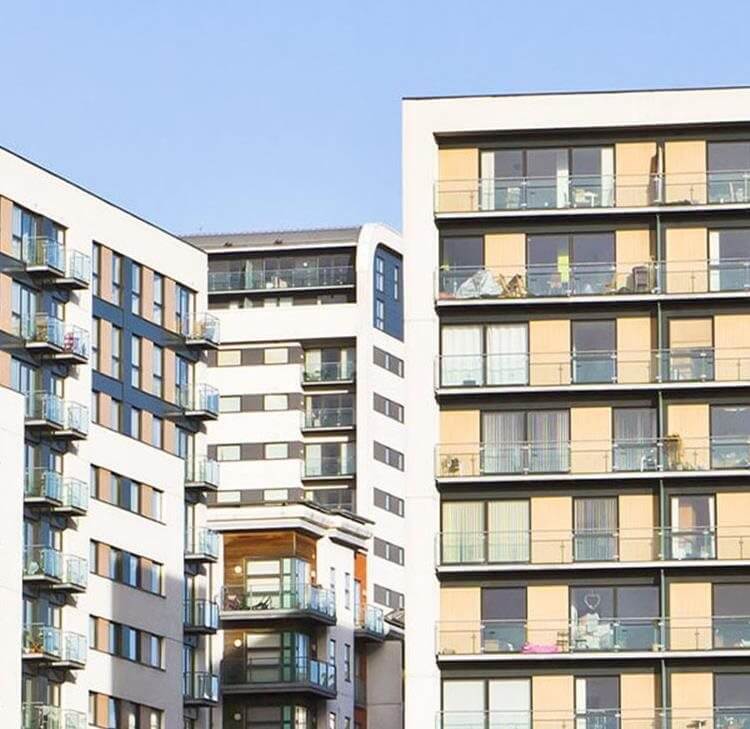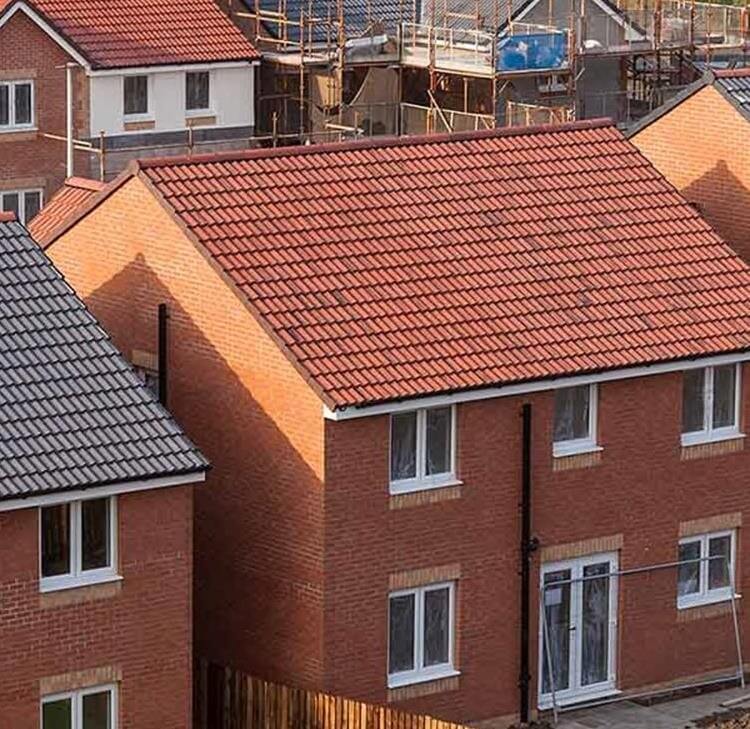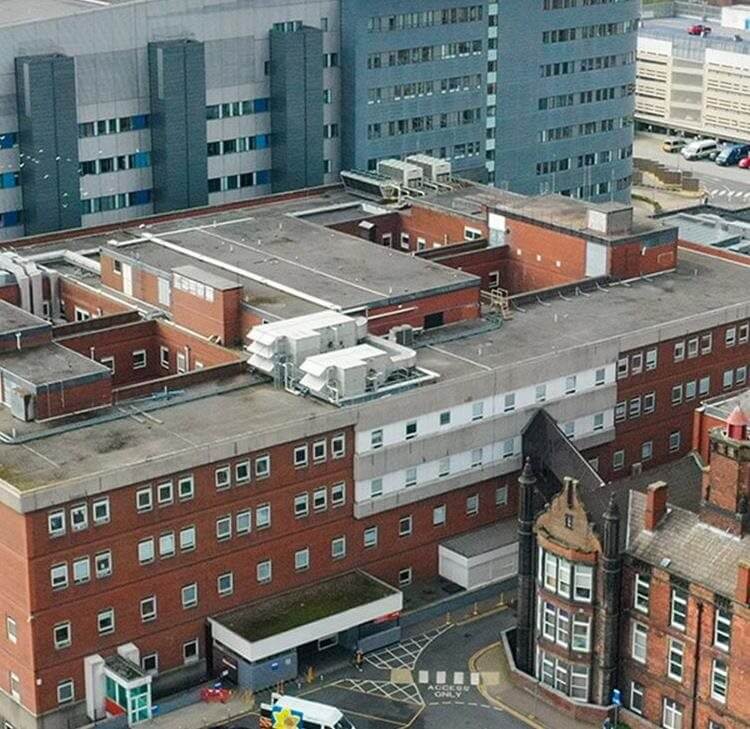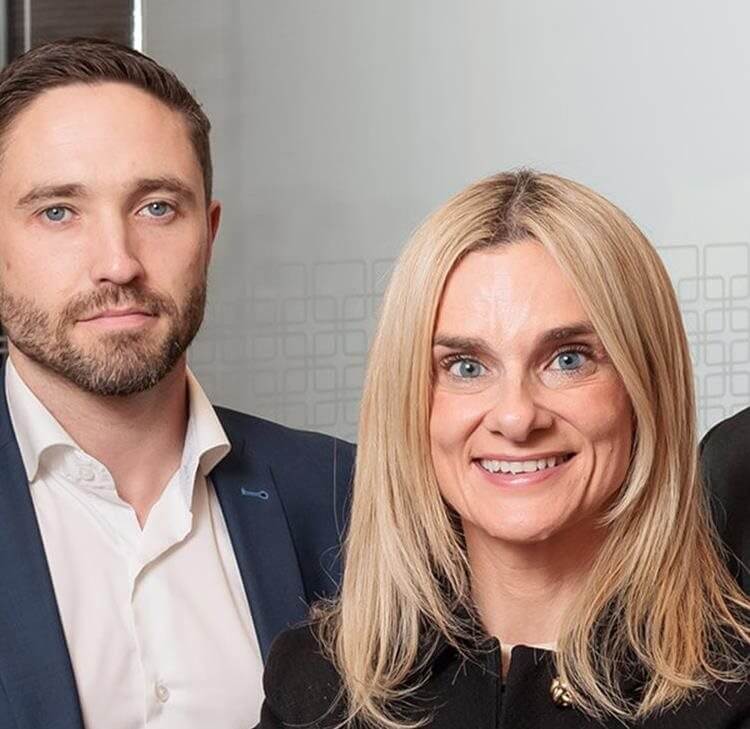What are green leases?
Green leases are provisions designed to enhance the environmental performance of a building through collaborative efforts between the owner and the occupier. While not legally mandated, green leases are gaining popularity in the UK, particularly within the private sector.
Organisations are adopting these clauses to meet their ESG (Environmental, Social, and Governance) targets and support the UK Government's goal of achieving Net Zero emissions by 2050.
In line with this trend, there has been a recent rise in landlords including these provisions in new acquisitions and lease renewals. Although there is no standardised document for green leases, many landlords have established precedent clauses that serve as a foundation for lease negotiations.
Shades of green
Green lease clauses can be classified as 'light’, ‘medium', or 'dark', reflecting the extent of the obligations placed on both occupier and owner.
- Light green: provisions are not legally binding and involve limited commitments.
- Medium green: provisions create obligations but do not impose an unreasonable economic burden.
- Dark green: provisions can be legally binding, entail significant commitments, and cover a wide range of environmental issues that may result in substantial costs.
Challenges
One of the key challenges with green lease provisions is that they require sharing data on energy performance, primarily regarding the consumption of water and electricity, to assess carbon footprint. Not many organisations have dedicated teams for data provision or processing.
Providing and analysing this data is an administrative task, and issues can arise regarding the format and frequency of data collection.
In addition, not all organisations have an agreed policy to refer to during lease negotiations. Where policies exist, they can sometimes clash, causing delays in aligning green leases with overall sustainability goals.
A business case for green leases
ESG is a key priority for many organisations, with the ‘environmental’ component being crucial for complying with various government regulations. Committing to ESG policies usually comes with an obligation to report progress to stakeholders.
This, combined with the UK Government's ambitious greenhouse gas reduction targets has made finding solutions to ESG challenges more critical than ever before.
Green leases demonstrate commercial awareness and show organisations are taking a proactive approach to managing their real estate. These leases future-proof buildings by facilitating energy efficiency improvements and ensuring that costs incurred can be recovered from occupiers. In return, occupiers benefit from lower energy bills and reduce their carbon footprints.
By integrating green lease clauses, organisations can align their real estate strategies with broader sustainability goals, ensuring long-term environmental and financial benefits. This approach not only helps organisations meet their ESG targets but also contributes to achieving net zero by 2050.
Tools for implementation
The Better Buildings Partnership (BBP) and The Chancery Lane Project (TCLP) are two organisations that are leading the way in promoting green leases.
TCLP is a UK charity that helps organisations reduce emissions using the power of legal documents and processes. TCLP has put together a suite of tools, including template green lease clauses, to encourage landlords and tenants to consider climate goals in their lease negotiations.
The BBP is a UK industry body of property owners who are working together to improve the sustainability of commercial buildings. They provide practical tools to support the delivery of better buildings for investors, owners, occupiers, and the communities in which they operate.
The BBP developed a toolkit for green leases to influence and advance the range of environmentally friendly provisions typically found in the market. While their toolkit has no legal or regulatory status, it aims to foster collaboration at all stages of the lease negotiation process and encourages open dialogue between the parties involved.
Conclusion
The UK Green Building Council estimates that the built environment contributes around 25% of the UK's total greenhouse gas emissions and that 80% of the buildings that will exist in 2050 have already been built. In light of this, green leases are a vital tool for achieving Net Zero and reducing the carbon footprint of existing buildings.
By incorporating environmental targets and sustainability criteria into lease agreements, landlords and tenants can work together to improve energy efficiency, reduce waste, and minimise greenhouse gas emissions.





